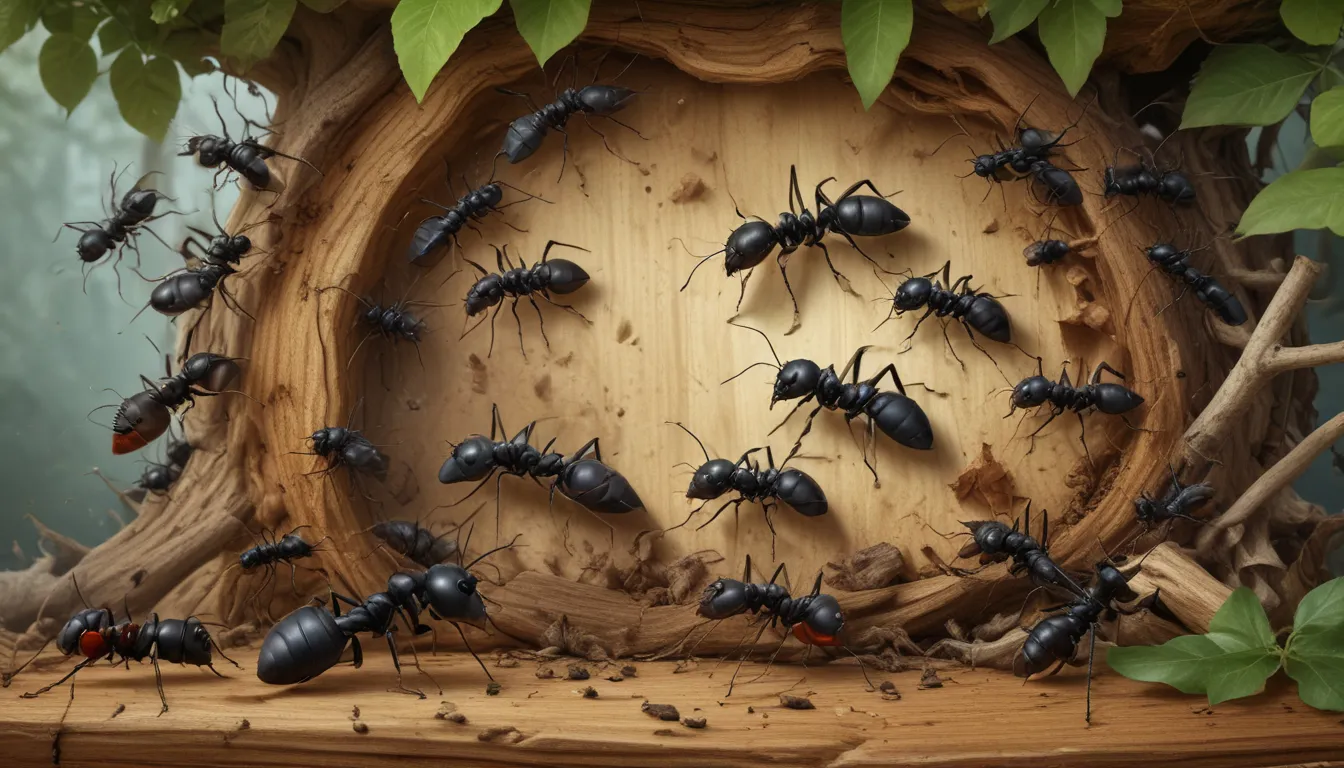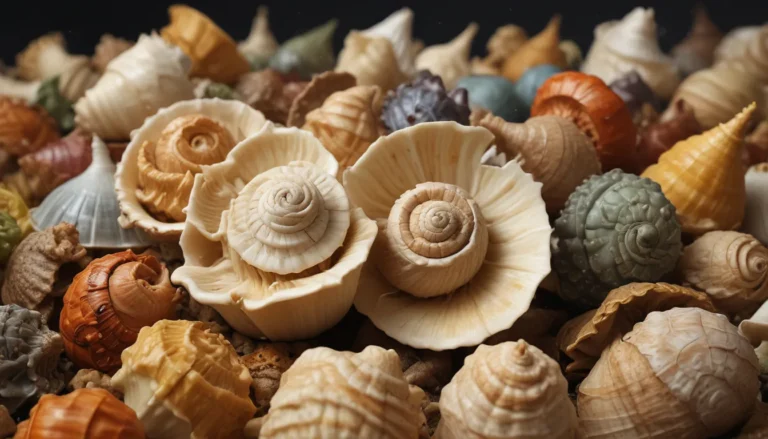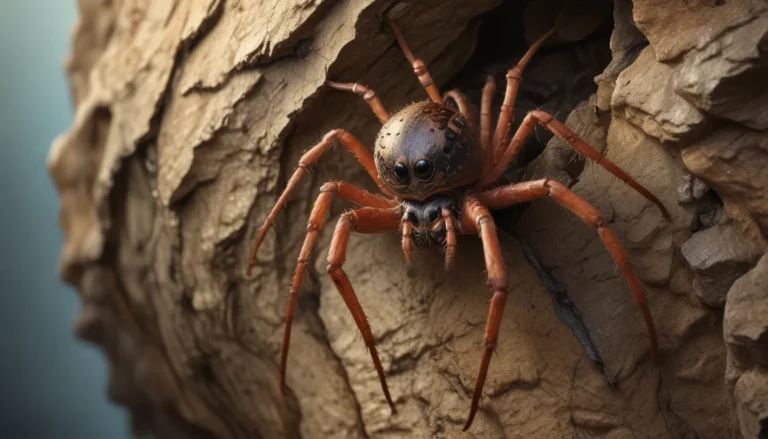The pictures we use in our articles might not show exactly what the words say. We choose these pictures to make you interested in reading more. The pictures work together with the words but don’t take their place. The words still tell you the important facts.
Are you curious about the industrious nature of carpenter ants? These remarkable insects have intrigued humans for centuries with their woodworking skills and unique behaviors. In this comprehensive article, we will explore 20 fascinating facts about carpenter ants, shedding light on their social structure, habitat preferences, dietary habits, and more. Whether you're an avid nature enthusiast, a homeowner dealing with a carpenter ant infestation, or simply intrigued by the world of ants, this guide is packed with valuable insights. Join us as we delve into the captivating world of these tiny yet remarkable creatures.
Understanding Carpenter Ants
Carpenter ants, scientifically known as Camponotus, are not your average ants. These large-sized insects are capable of causing extensive damage to wooden structures, making them a significant concern for homeowners.
Size and Color Variations
Carpenter ants exhibit a range of sizes, varying from a quarter inch to a half inch in length. Additionally, they can be black, brown, or a combination of both colors, adding to their visual diversity.
Skilled Builders
Known for their exceptional woodworking abilities, carpenter ants excel at excavating wood to create galleries where they establish their colonies. Their craftsmanship in tunneling through wood is a remarkable feat to witness.
Dietary Habits
Contrary to popular belief, carpenter ants do not actually eat wood. Instead, they primarily feed on sugars and proteins such as insect honeydew and plant sap. Their diet plays a crucial role in their survival and ecosystem interactions.
Structural Damage Potential
If left unchecked, a carpenter ant infestation can lead to severe structural damage in homes and buildings. Their excavation activities weaken wooden structures over time, posing a significant risk to property integrity.
Habitat Preferences and Behaviors
Carpenter ants exhibit unique behaviors and preferences when it comes to their habitats and activities.
Attraction to Moist Environments
These ants are naturally drawn to moisture, making them commonly found in areas with water damage or high humidity levels. Identifying and addressing moisture issues is key to preventing carpenter ant infestations.
Nesting Locations
While carpenter ants primarily nest in wood, they can also establish colonies in insulation, foam panels, and even under rocks and debris. Their adaptability in nesting locations makes them challenging pests to control.
Nocturnal Activity
Carpenter ants are predominantly nocturnal creatures, displaying heightened activity during the night as they forage for food. Their nighttime habits contribute to their elusive nature and ability to avoid detection.
Social Structure and Communication
Understanding the social dynamics of carpenter ant colonies sheds light on their intricate hierarchy and communication methods.
Central Role of the Queen
Each carpenter ant colony is led by a queen responsible for laying eggs and overseeing the growth and development of the population. The queen plays a vital role in sustaining the colony's existence.
Pheromone Communication
Carpenter ants rely on chemical signals known as pheromones to communicate with each other and coordinate their activities. Pheromones help establish trail routes, signal danger, and maintain colony cohesion.
Decentralized Hierarchy
In contrast to other ant species, carpenter ants feature a decentralized hierarchy with multiple reproductive females and satellite colonies. This unique structure enhances their adaptability and reproductive success.
Global Presence and Lifespan
Carpenter ants are not confined to specific regions and can be found in various parts of the world, including North America, Europe, and Asia. Their widespread distribution underscores their adaptability to diverse environments.
Lifespan Variability
Worker carpenter ants have a lifespan ranging from several months to several years, while queens can live for up to 25 years. Their longevity contributes to the stability and sustainability of carpenter ant colonies.
Ecological Role
Carpenter ants play a crucial role in ecosystems by contributing to the natural decomposition of dead wood. Their activities help recycle nutrients back into the ecosystem, supporting ecological balance.
Pest Control and Prevention Tips
Effectively managing carpenter ant infestations requires a combination of prevention strategies and professional assistance.
Prevention Measures
Preventing carpenter ant infestations involves eliminating moisture sources, sealing cracks, and maintaining a clean environment free of food debris. Proactive measures can deter ants from establishing colonies in residential settings.
Biting Behavior
While carpenter ants are not inherently aggressive towards humans, they can bite if provoked or threatened, causing minor pain and irritation. Awareness of their biting behavior is essential for ensuring personal safety.
Food Preferences
Carpenter ants are attracted to sweet and greasy foods, making kitchens and food storage areas vulnerable to infestation. Proper food storage and sanitation practices can help minimize the risk of attracting ants.
Foraging Abilities
Carpenter ants can travel long distances up to 100 yards to forage for food, allowing them to discover new food sources and potential nesting sites. Their foraging capabilities make them adaptable and resourceful pests.
Professional Assistance and Concluding Thoughts
In cases where carpenter ant infestations prove challenging to manage, seeking professional pest control assistance may be necessary. Pest control experts can provide tailored solutions to effectively eliminate ants and prevent further damage to property.
Appreciation for Carpenter Ants
In conclusion, carpenter ants are truly fascinating creatures with a multitude of unique traits and behaviors. By understanding and respecting these insects, we can gain a deeper appreciation for their role in ecosystems and their adaptability in various environments. Next time you encounter a carpenter ant colony, take a moment to observe and marvel at the intricacies of these remarkable insects.
Frequently Asked Questions
Q: How do carpenter ants differ from termites?
A: Carpenter ants have a segmented body with a narrow waist and bent antennas, while termites have a more robust, straight body and straight antennas.
Q: Why are carpenter ants considered pests?
A: Carpenter ants are considered pests due to their ability to cause structural damage by tunneling through wood to build nests.
Q: How can I identify a carpenter ant infestation?
A: Signs of a carpenter ant infestation include the presence of winged ants, sawdust-like frass near wooden structures, rustling sounds from within walls, and hollow-sounding wood.
Q: Are carpenter ants harmful to humans?
A: While carpenter ants do not pose a direct threat to humans, they can cause significant damage to wooden structures, leading to potential safety hazards.
Q: How can I prevent a carpenter ant infestation?
A: Preventing carpenter ant infestations involves eliminating food sources, sealing entry points, and maintaining a clean and dry environment to deter ants.
Q: Can I get rid of carpenter ants on my own?
A: While DIY methods can help temporarily, consulting with a professional pest control service is often recommended for effective and long-term ant control.
Explore the World of Carpenter Ants with Confidence
Our commitment to providing informative and engaging content ensures that you receive valuable insights into the captivating world of carpenter ants. With a wealth of knowledge at your fingertips, you can navigate the complexities of these insects with confidence and appreciation. Trust in our dedication to accuracy and reliability as you embark on a journey of discovery and learning. Together, let's unravel the mysteries of carpenter ants and uncover the wonders of nature's tiny yet remarkable creatures.






